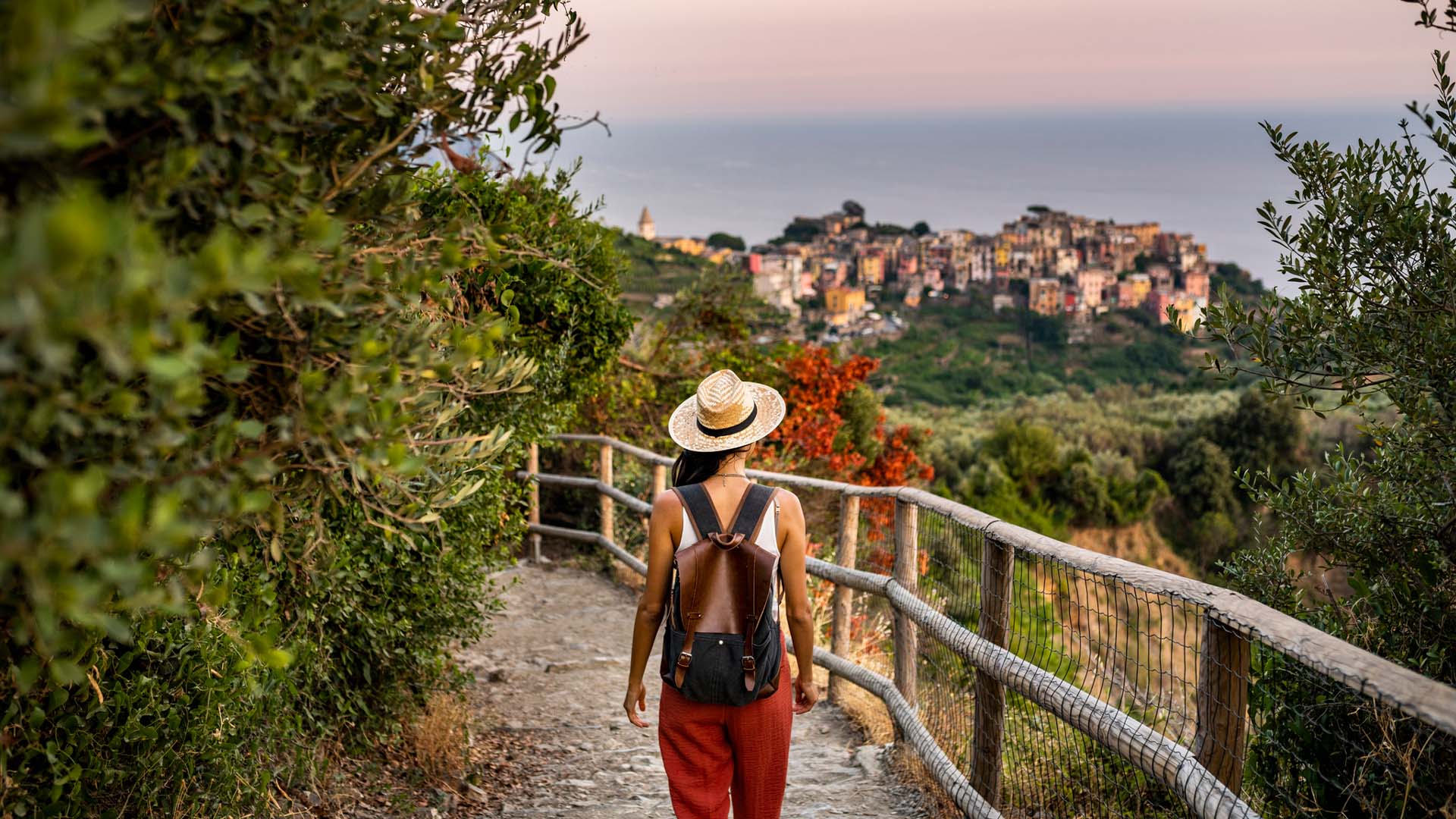In travel, as in so much of life nowadays, people favour speed. Faster planes, faster trains, quick booking and seamless airport and hotel check-ins. Time is of the essence, typically, so fast is always best. But not quite. Despite what you may think, one of the hottest trends of the moment is taking the opposite approach and slowing everything down: slow travel.
Slow travel is about slowing down the pace, going deeper into specific destinations, and creating a more leisurely journey. Instead of checking a bunch of landmarks and famous cities off the list, travellers are rather avoiding the tourist trail so they can linger in villages, get to know locals, and really experience the totality of the places they are staying in. Slow travel is about soaking in the atmosphere and enjoying the little moments that pass you by if you’re rushing through the world. It’s not about seeing more but about feeling more. Go slow to go deep.
Why is slow travel so popular?
Why does slow travel have such staying power? We caught up with Reesa Avelino, VP of Europe South, who has tracked this trend for a while to learn more about slow travel.
“Travellers are feeling burned out from fast-paced, checklist-style trips,” says Reesa. “They’re realizing that hopping from one place to another doesn’t always lead to meaningful experiences. This is likely a result of the pandemic. During COVID, we all had a chance to reflect on the busyness of life, and to recalibrate our priorities.”
People are more intentional about how they spend their leisure time, especially when travelling, considering the planning and expense necessary to plan a trip in the first place. “People are choosing to spend more time in fewer places,” says Reesa. “For instance, in Italy, people are skipping the trio of Rome, Florence, and Venice, and instead spending a week in smaller hilltop towns in Tuscany. In South America, instead of rushing across the continent, some adventurers are choosing to base themselves in one region of Patagonia for a week or more to hike, kayak, and explore at their own pace—often guided by locals who know the land intimately.”
Ultimately, slow travel is about ensuring that travel is less stressful and more meaningful. “The slow travel movement also includes a rise in the popularity of wellness travel options,” says Reesa. “Travellers realize the importance of physical and mental health and slowing down. So, they are choosing travel options that reflect this: yoga retreats, Ayurvedic treatments, forest bathing, soft adventure—anything that is important for our physical and mental health.
“Our lives are so fast paced these days. Technology like AI is only making everything go faster. A vacation is meant to be leisure and a break from the rat race. It’s about discovery but also rest and recovery. Slow travel addresses this. It could be the new luxury, providing quality over quantity.”
What are the best destinations for slow travel?
Now that you know what slow travel is and why it’s so popular, we get the other question: where should you go for a slow travel vacation? Based on our internal expertise, and practical insights from our team of Destination Specialists, we’ve come up with the following list of five of the best countries for slow travel.
Australia
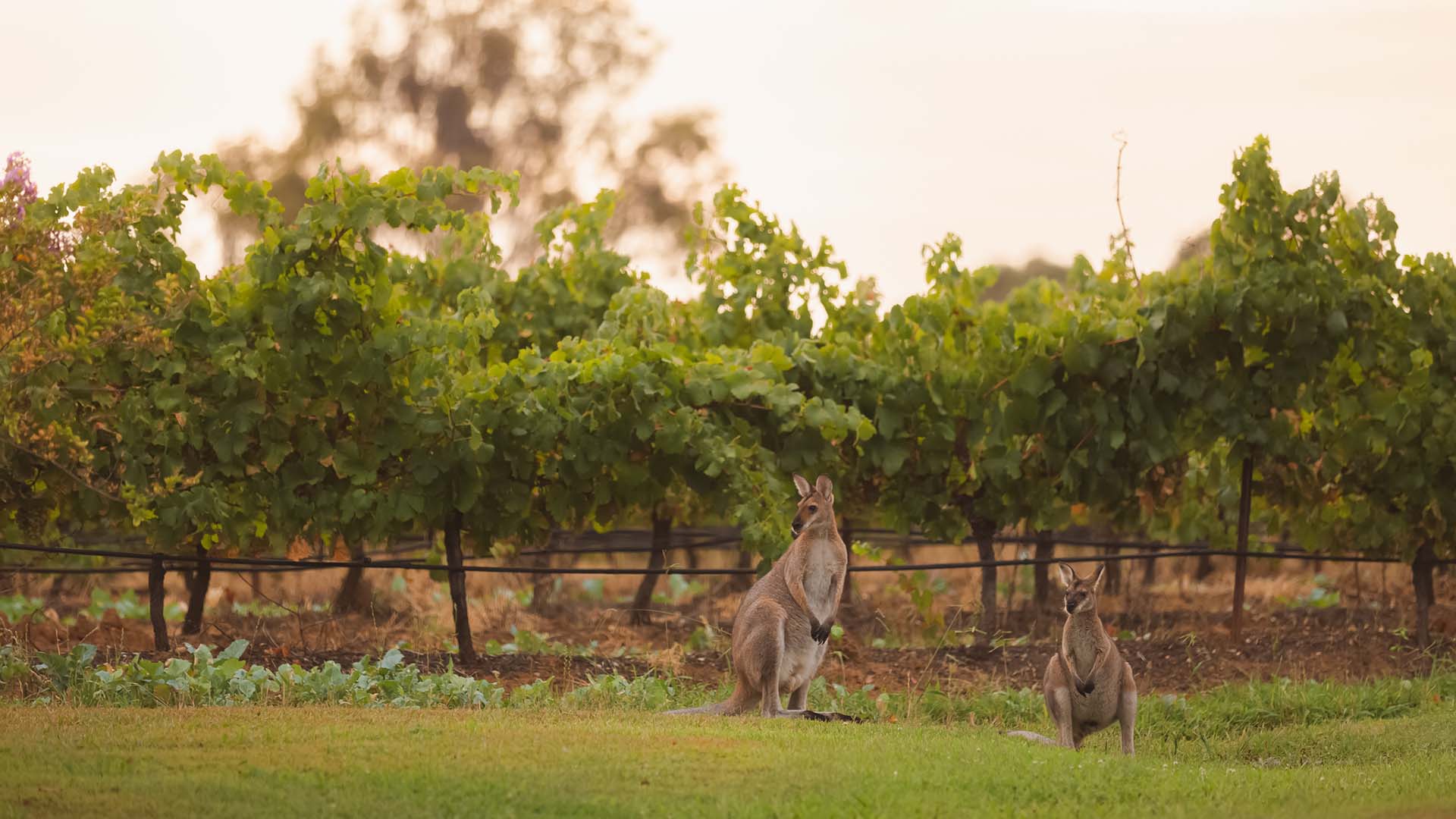
Australia is wonderfully equipped to let you slow down the pace and explore a region in depth. Pick a state and then deep-dive into its wonders: follow the Great Ocean Road through Victoria and relax along the southern coast. Venture through the Blue Mountains and then move slowly up the coastline to the Hunter Valley for days of wine tasting. Slow things down in South Australia for long days of wildlife viewing, farm-to-table dining, and outback hiking. “Tasmania is not the most popular part of Australia,” says Reservation Supervisor Alice Teramoto, “but it’s a great place to slow down the pace for long days of walks in gorgeous natural landscapes.” You can also extend the journey into New Zealand for the ultimate slow-paced, big experience travel through the South Pacific.
Costa Rica
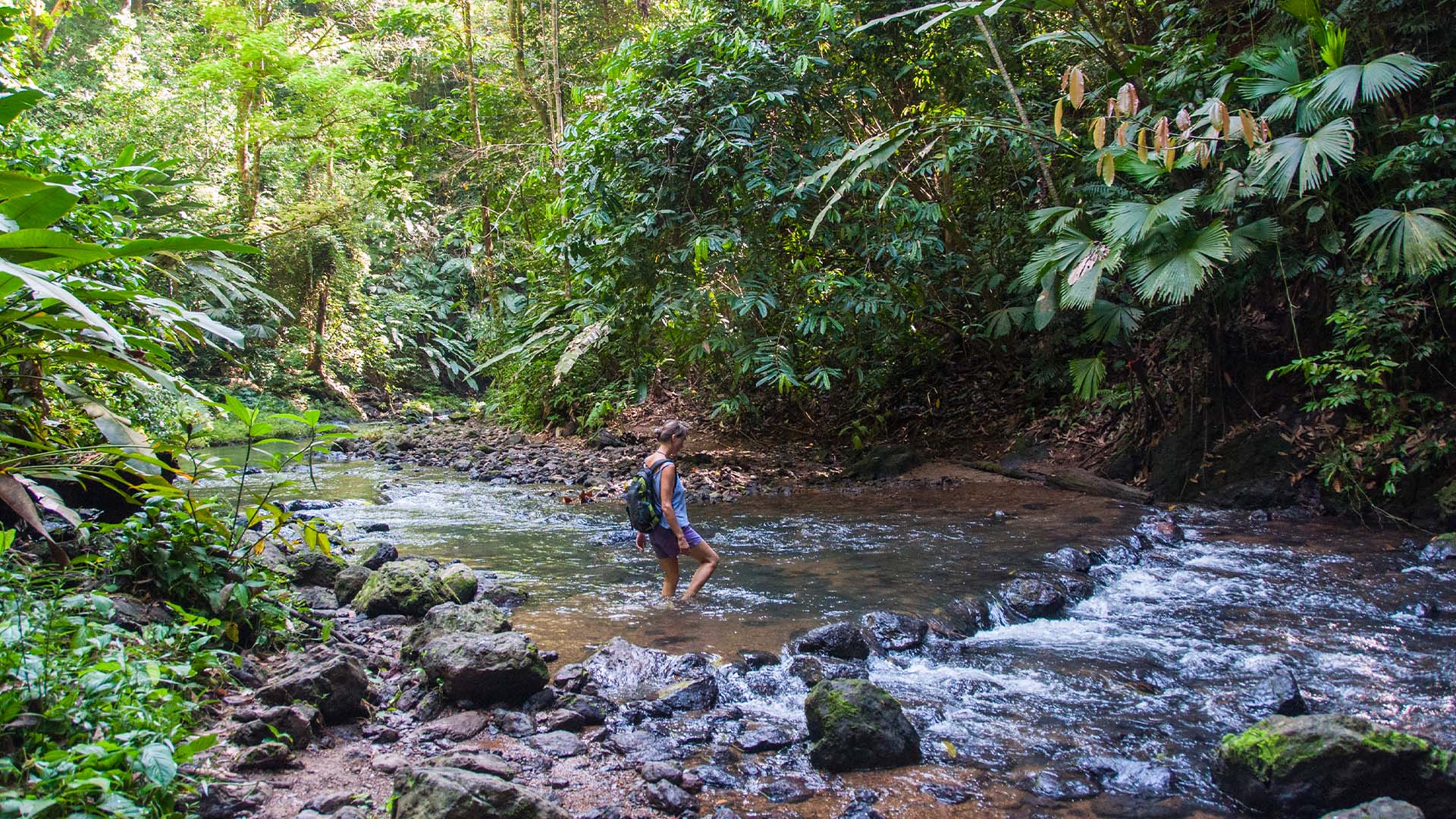
Costa Rica caters to travellers who want to travel for weeks (or even months) at a time, slowing down the pace to appreciate the quieter side of life spent in nature. The country has a great tourism infrastructure, which makes it easy to pick a region to base yourself in, whether Arenal or Guanacaste, and really deep dive into the natural surroundings. For instance, head to the Nicoya Peninsula, one of the world’s Blue Zones, and adjust to the rhythm of early morning rainforest hikes, afternoon ocean swims, and slow evenings spent eating under the stars. Or you can go off the beaten path to the Osa Peninsula, “a remote and biologically rich peninsula located in southwestern Costa Rica,” says Destination Specialist Kajal Gadhia. “It’s known for its pristine rainforests and abundant wildlife, including Corcovado National Park, and is a premier destination for ecotourism and wildlife viewing.”
Italy
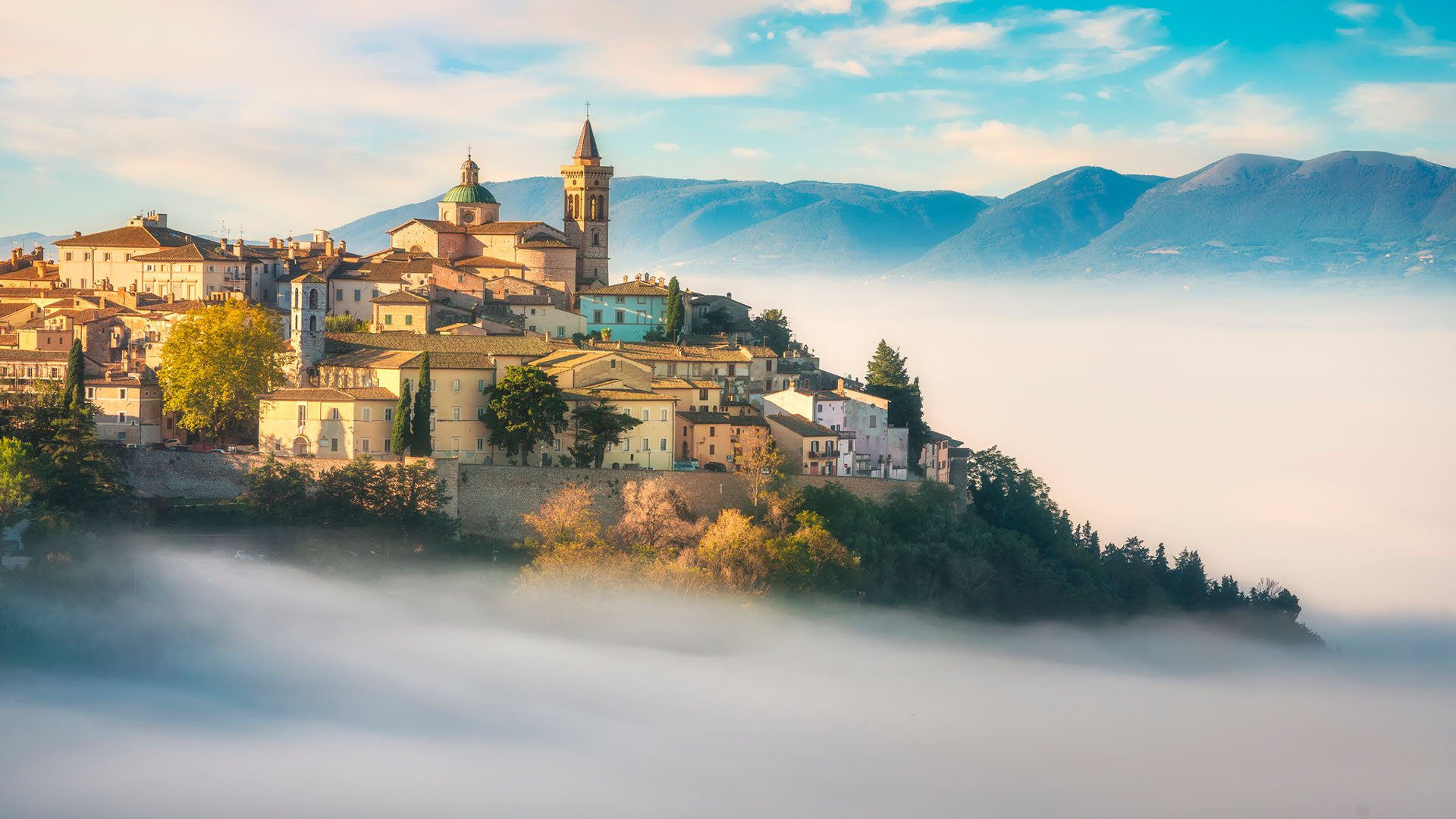
Italy’s laidback culture is ideal for slow travel. People start their mornings slowly, eat late, and enjoy their leisure time throughout the day. Slow down your pace and adjust to the Italian way of doing things as you pick a region and deep dive into its hidden gems. Slowly wind your way through Tuscan towns such as Montepulciano, explore the villages of Apulia, or enjoy mountain views and clear lakes in the northern reaches of Piedmont. “Umbria is a gem in the heart of Italy,” says Destination Specialist Alessandro Pace. “There are many fantastic small villages (borghi in Italian), some with excellent festivals. A few years ago, I was at the Festa dei Ceri festival in Gubbio. It was one of the most intense and passionate events I’ve ever experienced in person.”
South Africa
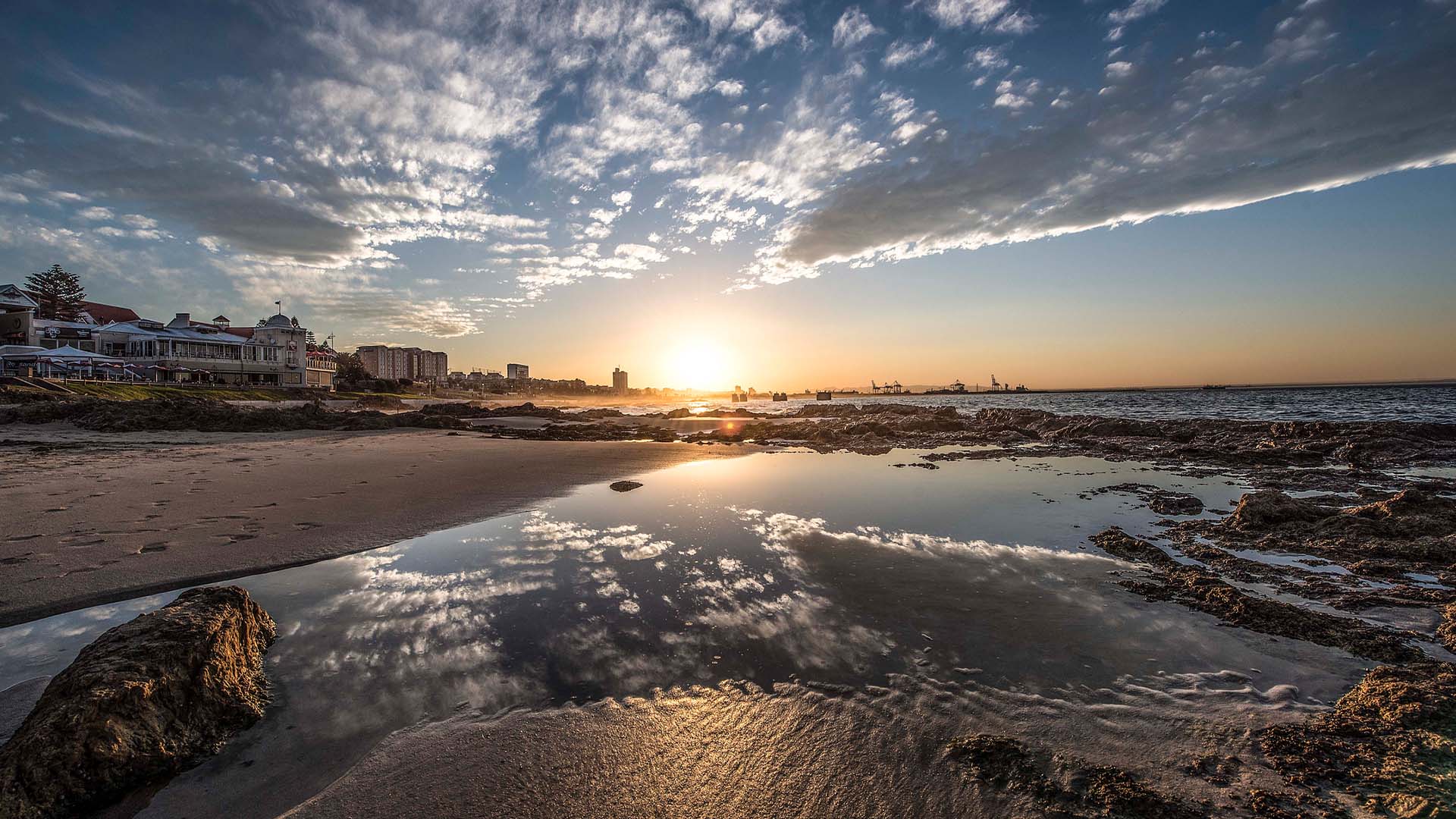
South Africa has the infrastructure and diverse landscape that’s perfect for slow travel. While the Western Cape is the obvious places to slow things down, splitting your time between Cape Town, Stellenbosch, and smaller centres along the coast such as Hermanus, South Africa has many excellent routes to explore. “The most popular trip is to follow the Garden Route from Cape Town to the Eastern Cape,” says Angela Donnelly, Commercial Manager for Africa & Middle East, “Alternatively, you can head into the Drakensberg Mountains, move along the Indian Ocean coastline, and explore the nature reserves of KwaZulu-Natal, or follow the spectacular Blyde River Canyon towards Kruger National Park.”
Vietnam
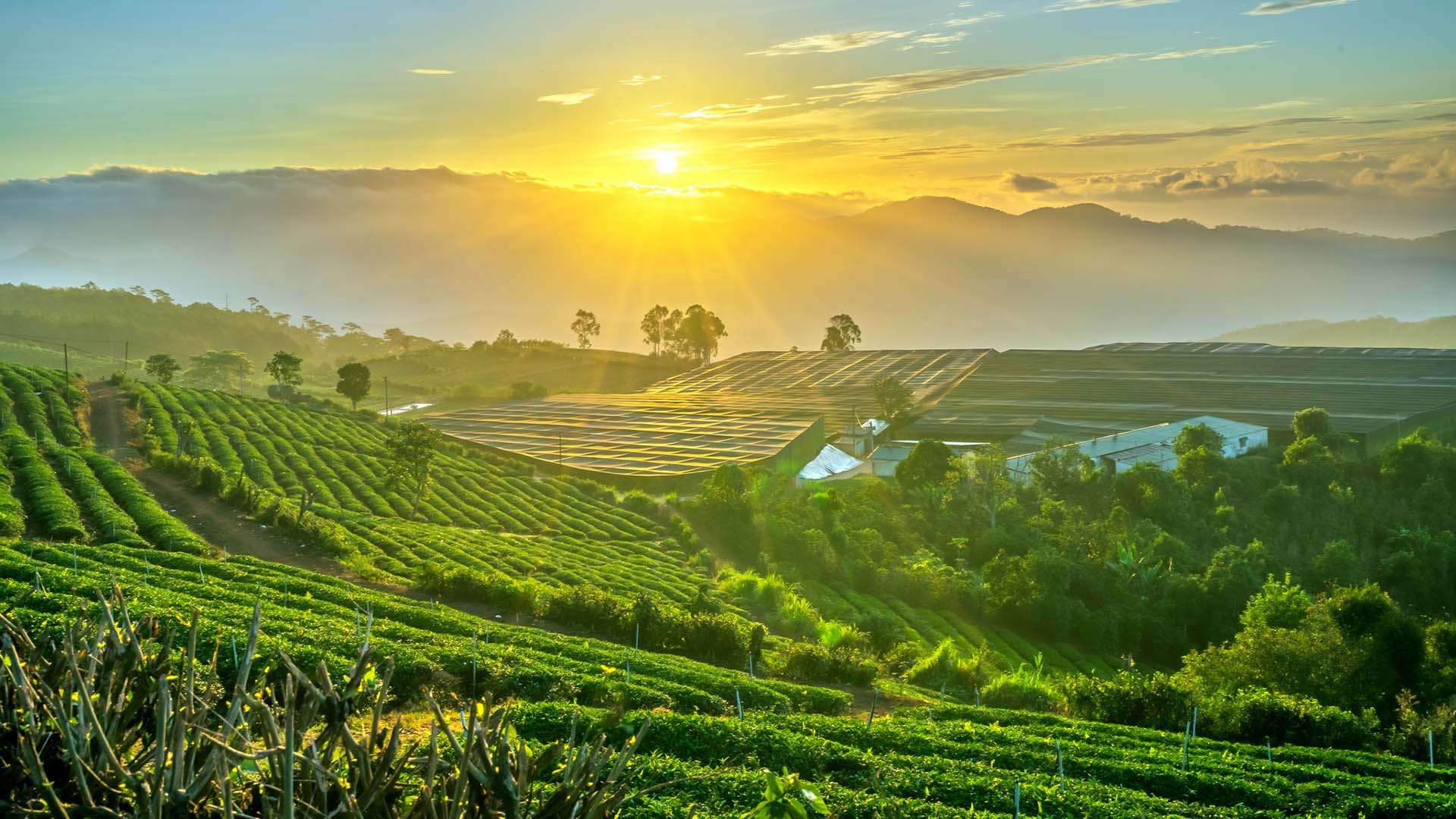
Vietnam might be narrow, but it’s a large country bursting with a variety. It’s also affordable and easy to navigate by car, bus, plane, or train, making it very amenable to slow travel. Pick a region from north to south and slowly uncover its secrets. “The Central Highlands are a great spot for a more comprehensive, slower trip through Vietnam,” says Destination Specialist Steve Hope. “Visit the hill station town of Dalat to admire the scenery, waterfalls, and local markets. Then see the coffee plantations of Buon Ma Thuot for the traditional lifestyles of the village of Kon Tum before heading onwards to the coast of Nha Trang or Hoi An in Central Vietnam.” You can also enjoy slow travel by water by cruising the Mekong River from Ho Chi Minh City to Phnom Penh in Cambodia.
You might say that Aren was destined to become a globetrotter after his family took him to Germany two times before he was four. If that wasn’t enough, a term spent in Sweden as a young teenager and a trek across Vietnam, Cambodia, and Thailand confirmed that destiny. An independent writer, director, and film critic, Aren has travelled across Asia, Europe, the Middle East, and South America. His favourite travel experience was visiting the major cities of Japan’s largest island, Honshu, but his love for food, drink, and film will take him anywhere that boasts great art and culture.
Get Inspired
Inspire your wanderlust with our globetrotting tales.
Unlock more by subscribing to our newsletter
With our newsletter, you’ll get access to regular communications that inspire you and help you explore the world your way
